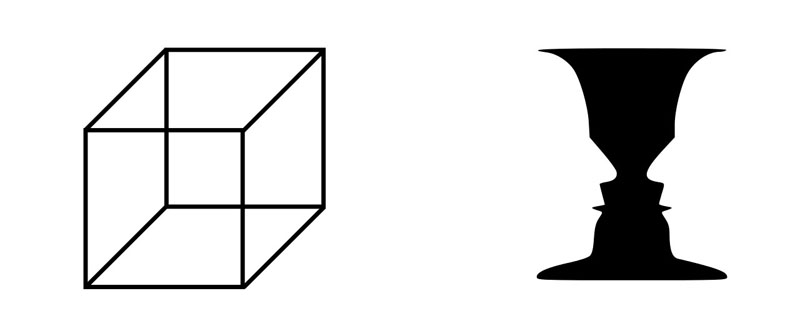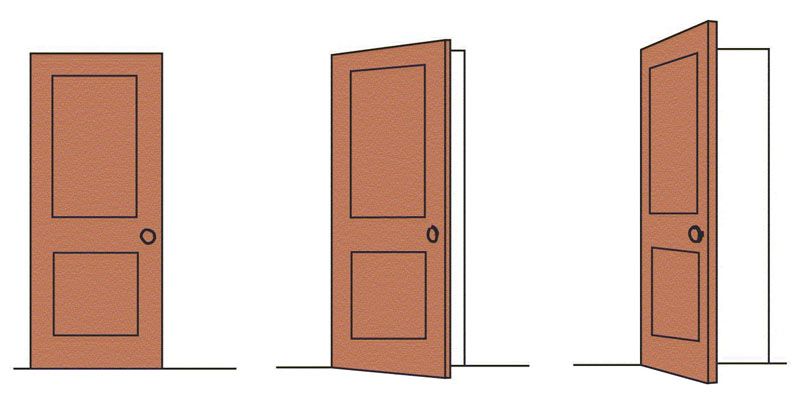Perception
- Perception is the organization, identification, and interpretation of sensory information in order to represent and understand the environment.
- A perceptual set is a predisposition to perceive things in a certain way.
- Perceptual constancy is the perception of an object or quality with consistency even though our sensation of the object changes.
- The binding problem refers to the problem of how our brains segregate elements in complex patterns of sensory input so that they are allocated to discrete objects.
- Selective attention is the process of selecting one sensory channel while ignoring or minimizing others.
- Donald Broadbent's filter model of attention proposed that the physical characteristics (e.g., pitch, loudness) of an auditory message were used to focus attention to only a single message.
- The cocktail party effect is the phenomenon of being able to focus one's auditory attention on a particular stimulus while filtering out a range of other stimuli.

